Unseen Florida: Revealing the Secrets of Florida Wildlife
Florida wildlife has a way of capturing the imagination. From the Florida panther moving silently through our forests to manatees finding warmth in our springs, wildlife has called these lands and waters home for thousands of years. Yet much of the life of these creatures goes unseen—hidden in dense undergrowth or the darkness of night.
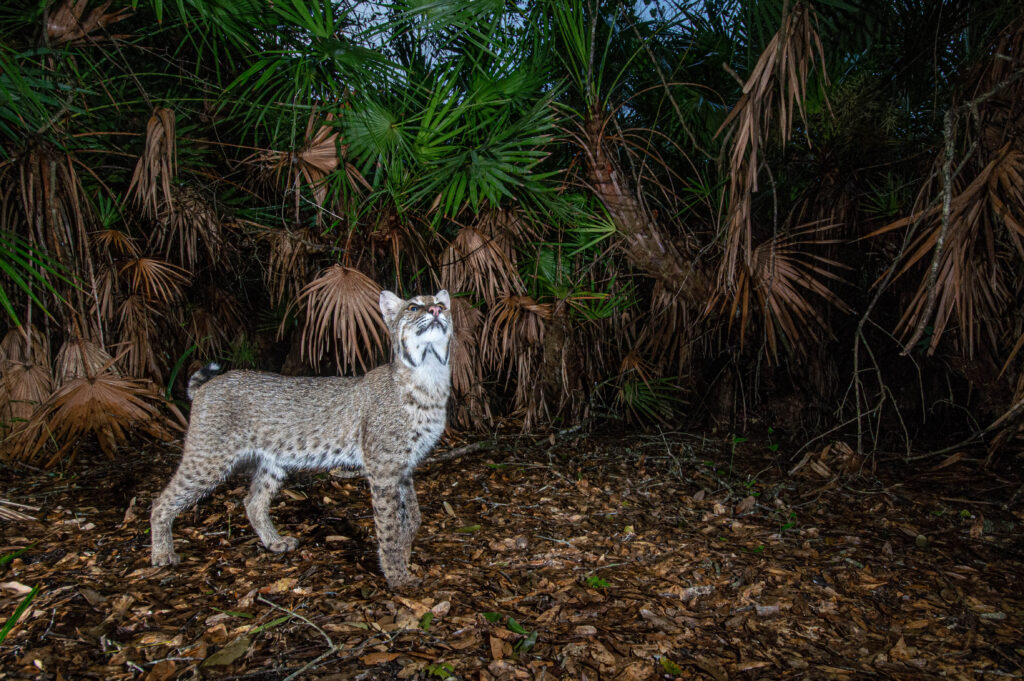 Photo by fStop Foundation
Photo by fStop Foundation
In recent years, trail cameras have become a portal into this elusive realm, revealing the movements and stories of Florida wildlife in ways that not only offer a glimpse into this often-unseen world but also can help us conserve and protect the places that matter most to our wild friends.
We invite you to join us in exploring Unseen Florida – a look into the secret lives of Florida’s wildlife. Unseen Florida is more than an exploration of natural beauty; it’s a call to action. Each captured moment unveils the importance of conservation, urging us to act on behalf of the wild spaces around us.
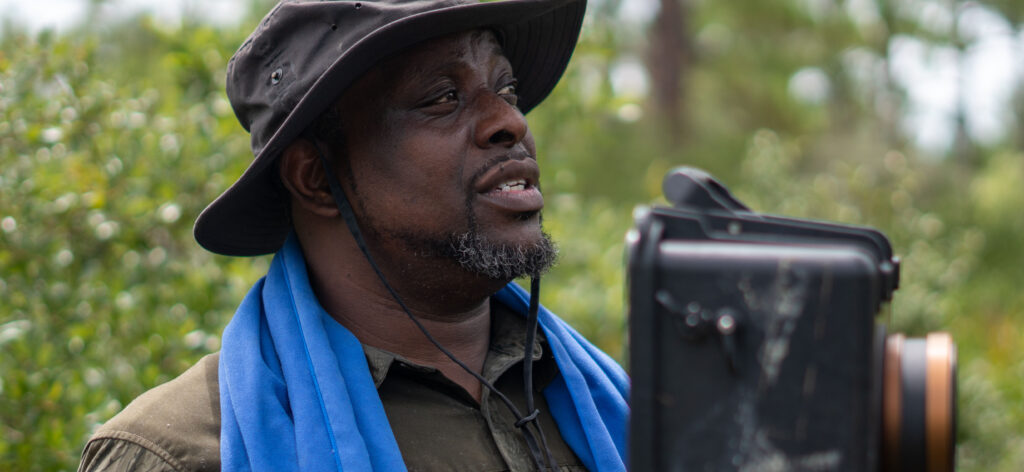 Live Wildly Adventurist George McKenzie Jr setting up a camera trap.
Live Wildly Adventurist George McKenzie Jr setting up a camera trap.
The Power of Trail Cameras
At first glance, trail cameras are simple tools—unassuming boxes tucked away in quiet corners of the wild. Triggered by motion, these cameras can capture a photo or video of a bear moving through the woods, a bobcat ducking below a palmetto, or a deer visiting a spring’s edge at dusk. In recording these moments, we get a new look at how Florida wildlife survives, migrates, and adapts.
At Live Wildly Foundation, our goal is to apply an entrepreneurial approach to the conservation of half the State of Florida while seeking to balance smart growth, a robust economy and a connected, resilient landscape. Supporting innovative tools like camera traps to guide conservation efforts is a key part of that mission.
 Photo by fStop Foundation
Photo by fStop Foundation
The Role of Observation in Conservation
Trail cameras allow us a look into the way that Florida wildlife navigates (or is unable to navigate) our patchwork landscape of wetlands, forests, ranches, and suburban edges – especially within the Florida Wildlife Corridor.
The 18 million-acre Florida Wildlife Corridor is a network of lands and private ranches that act as lifelines for Florida wildlife, linking habitats so animals can move freely and safely. To date, 9 million acres of those lands are in some form of conservation. While this is an impressive number, we need more connected landscapes to ensure the survival of Florida’s most vulnerable species.
Archbold Biological Station’s Corridor Observatory is using camera traps to develop a model for collecting big data for animal ecology, to provide insight on the values and impacts of the Florida Wildlife Corridor. We are proud to support them in this work.
Wildlife crossings and strategic conservation efforts are essential threads in this intricate fabric, and the movement data collected through trail cameras is pivotal in designing these solutions. All of this data helps our partners make informed, careful decisions about conservation and stewardship activities that support both wildlife and people.
fStop’s Crossings and Corridors Project, a partnership with the Florida Wildlife Corridor Foundation and the Florida Department of Transportation, captures photos and videos at wildlife crossings across the state to highlight their importance, and to help FDOT increase the number of functioning wildlife crossings in Florida.
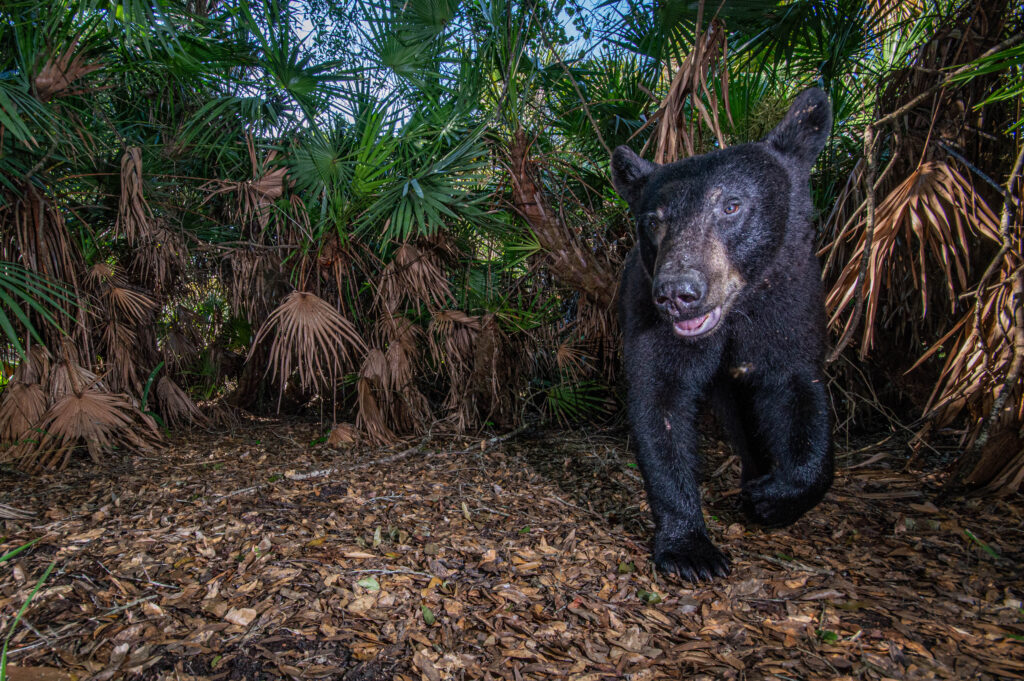 Photo by fStop Foundation
Photo by fStop Foundation
A Partnership Between Wildlife and People
Florida wildlife exists not in isolation but as part of a shared landscape shaped by human hands. Ranchers, landowners, public agencies, and nonprofit organizations play a vital role in balancing the needs of nature and the economy. Large ranchlands, for example, provide critical corridors for species like panthers and bears while also functioning as working lands that support local economies.
Bear Necessities: A Florida Black Bear’s Quest for Home is an indepth look at M34, a radio-collared bear whose movements would come to impact the future of conservation in Florida.
Conservation doesn’t need to come at a cost to people. Thoughtful planning and collaboration can create a world where wildlife thrives alongside human communities. These efforts aren’t just about rural landscapes; they ripple into urban settings, contributing to cleaner water, healthier ecosystems, and biodiversity that benefits everyone.
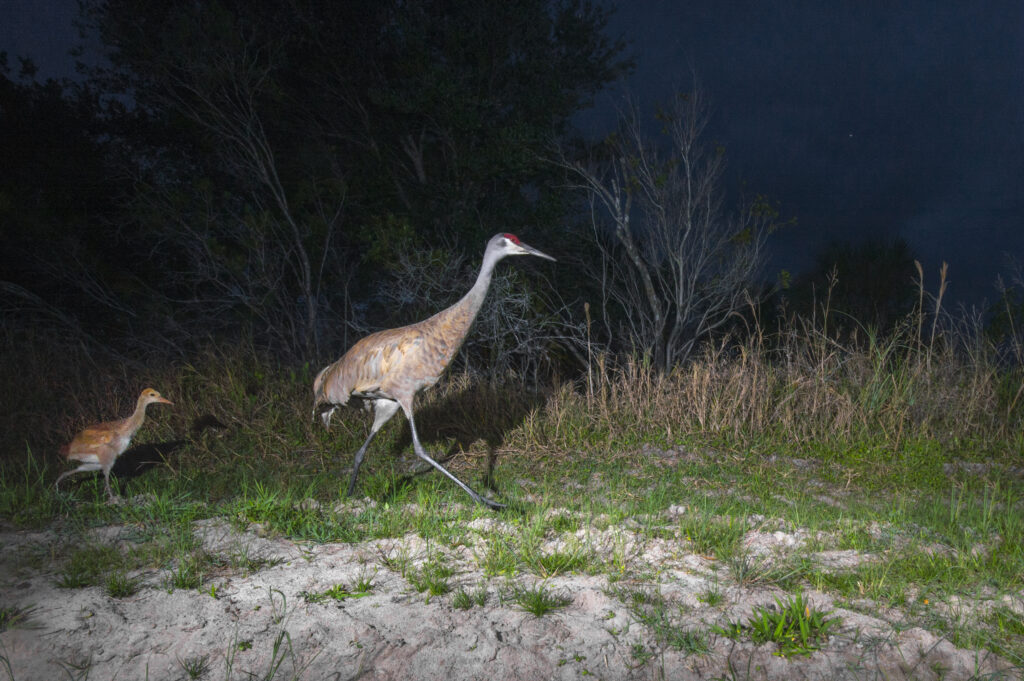 Photo by fStop Foundation
Photo by fStop Foundation
Explore Your Own Unseen Florida
You don’t need a degree in biology to set up a trail camera on your property. In fact, it’s super simple! Imagine the thrill of checking your camera and discovering a wandering coyote or an owl swooping down for a hunt. You can see these moments even in urban areas – what you find might surprise you.
Our friends at Moultrie are offering a discount to our Join the Movement members. It’s free to join and we donate $1 on behalf of everyone who signs the pledge to help our partners protect wild Florida.
We hope you’ll share what you find! Tag your photos and videos with #livewildlyfl and #unseenflorida for a chance to be featured on our channels.
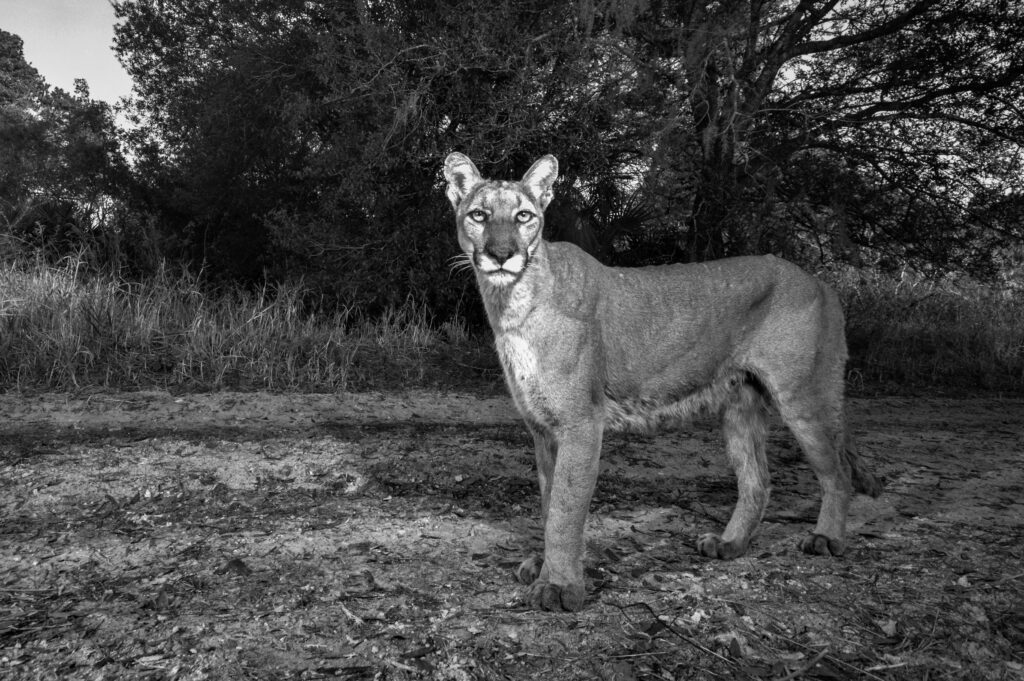 Photo by fStop Foundation
Photo by fStop Foundation
Finding Yourself in the Story of Florida Wildlife
Ultimately, trail cameras are tools not just of science, but of storytelling. They show us more than the behaviors of animals – they show us the complexity and beauty of the world that surrounds us.
We hope you’ll join us in the coming months as we look deeply at Unseen Florida, from camera traps in urban backyards to glimpses of Florida wildlife in the state’s largest public and private landscapes. With every new image, we’ll be looking at the intricate choreography of ecosystems and the vital role we play in preserving them.
And as we observe, we must also act—to protect, to preserve, and to wonder at the extraordinary lives unfolding in wild Florida.

